How To Perform an HR SWOT Analysis
Analytics in HR
FEBRUARY 1, 2023
You can perform a SWOT analysis to measure your organization’s competencies on individual and department levels. A SWOT analysis can help the HR department decide what areas are strong and declining so resources can be allocated appropriately. Learning your weaknesses allows you to resolve shortcomings or improve certain areas.

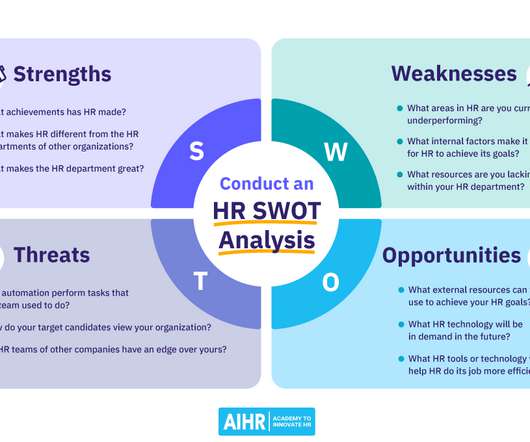

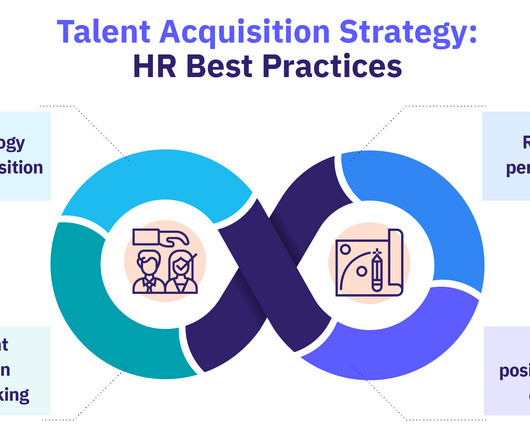
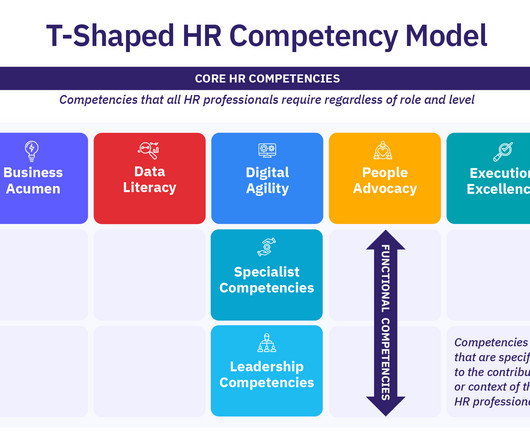
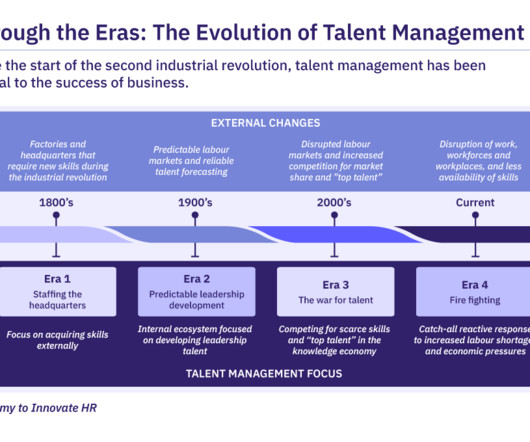

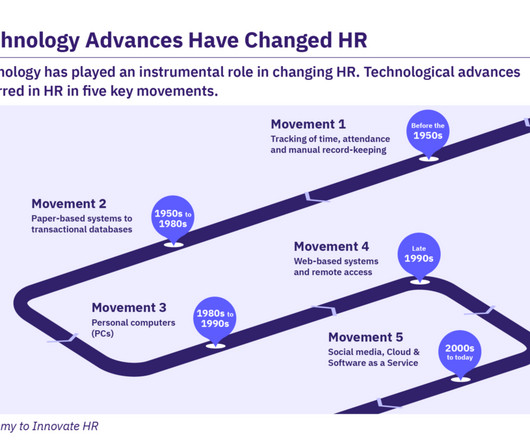


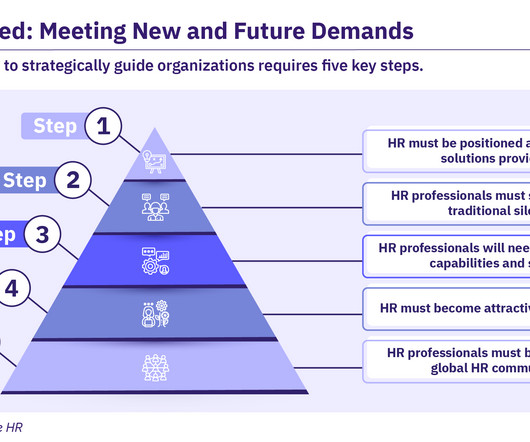
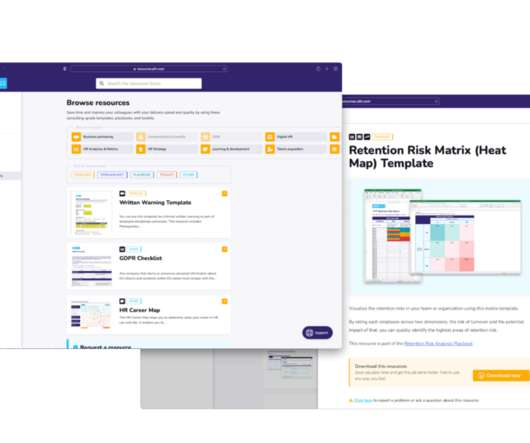














Let's personalize your content